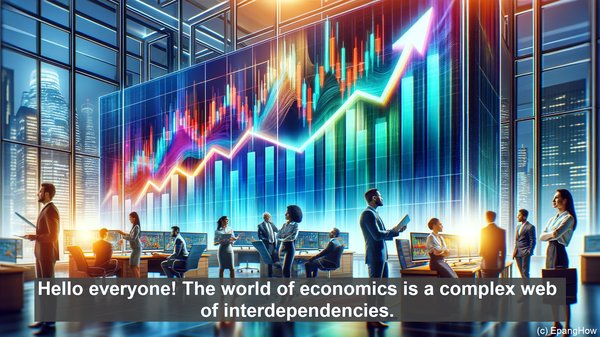Introduction: The Economic Landscape
Hello everyone! The world of economics is a complex web of interdependencies. Today, we’ll be exploring two significant events that can send ripples through this intricate system: supply shock and demand shock. While both can disrupt the economy, they do so in distinct ways. Let’s dive in!
Defining Supply Shock
Supply shock occurs when there is a sudden, unexpected change in the availability of a key input or resource required for production. This could be due to various factors, such as natural disasters, political unrest, or technological breakthroughs. The consequence is a disruption in the supply chain, leading to a decrease in the quantity of goods or services available in the market.
Understanding Demand Shock
On the other hand, demand shock revolves around a sudden, significant change in consumer demand. This can be triggered by various factors, including changes in income levels, consumer preferences, or even shifts in cultural trends. The outcome of demand shock is a fluctuation in the quantity of goods or services that consumers are willing and able to purchase.

Implications for the Economy
Both supply shock and demand shock can have far-reaching consequences for the economy. Supply shock, for instance, often leads to a decrease in production, which can result in higher prices due to scarcity. On the other hand, demand shock can create a situation of excess supply, leading to a decrease in prices. These price fluctuations can, in turn, impact inflation rates and overall economic stability.

Policy Responses
When faced with supply or demand shocks, policymakers have a range of tools at their disposal. In the case of supply shock, measures such as diversifying sourcing options or investing in research and development can help mitigate the impact. For demand shock, strategies like fiscal stimulus or targeted marketing campaigns can be employed to stimulate consumer spending.
